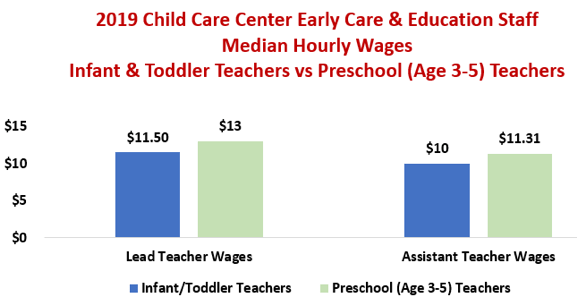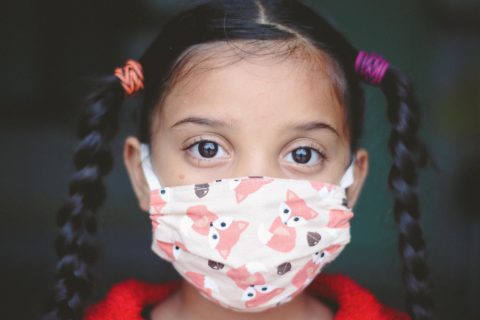It is hard to believe that it’s been more than a year since January 30, 2020, when the Director-General of the World Health Organization (WHO) declared the outbreak of COVID-19 to be a Public Health Emergency of International Concern.[1] On March 12, 2021, it will be one year since the WHO declared COVID-19 a world-wide pandemic.[2]
It’s been a challenging year for us all. The NC Department of Health and Human Services (NCDHHS) COVID-19 North Carolina Dashboard tells the story: 796,195 COVID-19 cases and 9,983 COVID-related deaths in the past year with 2,378 North Carolina residents currently hospitalized.[3] The NCDHHS COVID-19 County Alert System warns that 61 of North Carolina counties are currently red (critical community COVID spread), 33 counties are orange (substantial community spread) and six counties are yellow (significant community spread).[4] This is better news than the alert from January 21, which warned us that 86 counties were in red,[5] but shows there is still much work to do to reduce COVID-19 exposure, spread and sickness.
Throughout the past year, the child care workforce has soldiered on.

They have been on the front lines – caring for the children of essential personnel and currently – supporting working parents (including essential personnel) and others who are returning to the workforce on the road to North Carolina’s economic recovery. The child care workforce, mostly women, are on the front lines. The NC Early Care and Education Workforce study released in October 2020 found that child care wages are low – but, lower for those working with infants and toddlers compared to preschool-age children.[6]
For example, lead teachers working with infants and toddlers earn $11.50 per hour compared to $13 per hour for those working with preschool-age children, and assistant teachers working with infants and toddlers earn $10 per hour compared to $11.31 per hour for those working with preschool-age children.[7]
Child care workers are under- or not insured.
Beyond low wages, another significant problem, particularly as we continue to battle COVID-19 community spread, is that more than half the child care workforce (which includes those caring for our youngest children) are working in programs that do not offer health care coverage.[8] For example, the N.C. Early Care and Education Workforce study also found that only 48% of the workforce had full or partially paid health insurance.[9] Combined with low wages, this makes it extremely difficult for individuals to purchase health insurance on their own.
President Biden issued an executive order to open a special enrollment period from February 15 to May 15, 2021, through HealthCare.Gov in recognition of the ongoing challenges of those who need health care coverage during the pandemic.[10] While this will be welcome news for many, HealthCare.Gov is not free coverage. There are some tax credits and cost-sharing assistance (i.e., to limit out of pocket costs such as deductibles or co-pays) but costs are still high, particularly if family coverage is needed. The N.C. Early Care and Education Workforce study found that 45% of directors, 47% of teaching staff and 29% of family child care providers have children under 18.[11]
Yet, North Carolina’s economic recovery depends on child care.

This means the workforce supporting all other workforces is critical. These heroes that are working to support our children, families, employers and communities are not only supporting economic recovery, but they are also risking their own health and the health of their families every day.
On February 3, 2021, the U.S. Department of Health and Human Services announced that the Office of Child Care was allocating the $10 billion approved in the FY2021 Consolidated Appropriations and COVID Relief Act enacted in December, 2020.[12] Estimates are that North Carolina will receive about $335.9 million in additional funding[13] beyond the annual amount of federal funds N.C. receives for child care.
There are numerous ways this funding can be used – Congress made it flexible to ensure that states can have an array of choices in stabilizing the child care market. I wonder if health care coverage for child care heroes is on the list for consideration for those dollars or the Governor’s G.E.E.R.S. funding?
It’s a market-wide problem when more than half of the workforce does not have employer-provided health care coverage. The current health care market failure is understandable since the employer mandate under the Affordable Care Act applies only to those employers with 50 or more employees. But, it’s solvable, particularly now with a large increase in child care funding that Congress has directed to be used to stabilize the market.
I am pleased to hear that our child care providers will have the opportunity to receive vaccinations. Our CCR&R Council looks forward to helping programs get an appointment. That is one positive step, but it does not solve the health insurance challenge.
Let’s gather the appropriate stakeholders and schedule a virtual meeting to discuss options and how such an initiative could be structured. From 1999 to 2012, N.C. funded a T.E.A.C.H. Early Childhood® Health Insurance Program. Is it time to look at this again? We would be pleased to work on that.
Public school teachers have health care coverage. Let’s make sure that the teachers of our youngest children also have health care insurance. It’s time.
[1] World Health Organization, A Joint Statement on Tourism and COVID-19. January 30, 2020.
[2] World Health Organization, WHO Declares COVID-19 Pandemic. March 12, 2020.
[3] NC DHHS, NC DHHS COVID-19 North Carolina Dashboard. February 7, 2021.
[4] NC DHHS, NC DHHS COVID-19 County Alert. February 4, 2021.
[5] Ibid.
[6] Child Care Services Association, 2019 NC Early Care & Education Workforce Study: ECE Workforce Compensation. November 2020.
[7] Ibid.
[8] Ibid.
[9] Ibid.
[10] HHS, HHS Announced Marketplace Special Enrollment Period for COVID-19 Public Health Emergency. January 28, 2021.
[11] Child Care Services Association, 2019 NC Early Care & Education Workforce Study. November 2020.
[12] U.S. Department of Health and Human Services, Office of Child Care. February 4, 2021.
[13] ACF HHS, Coronavirus Response and Relief Supplemental Appropriations Act (CRRSA) of 2021 Allocations for States and Territories. February 5, 2021.



